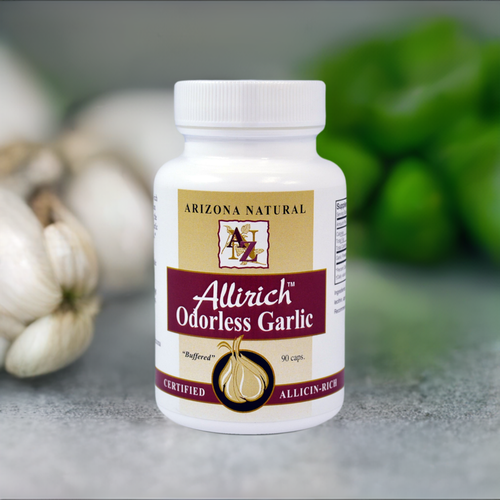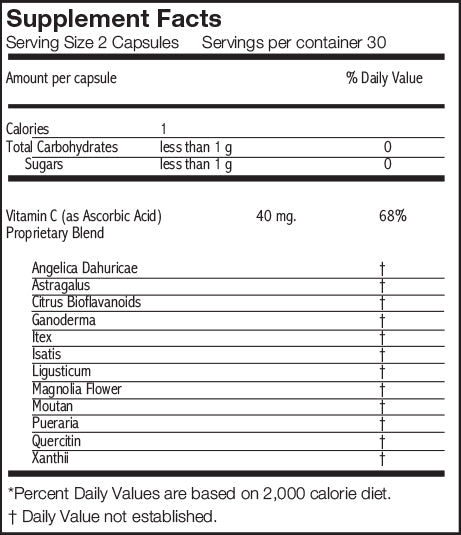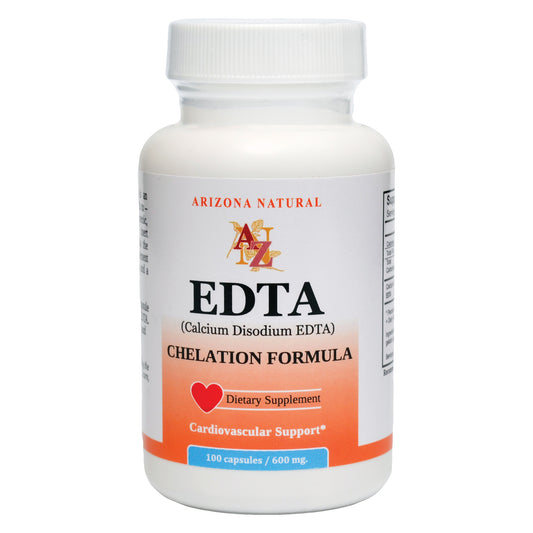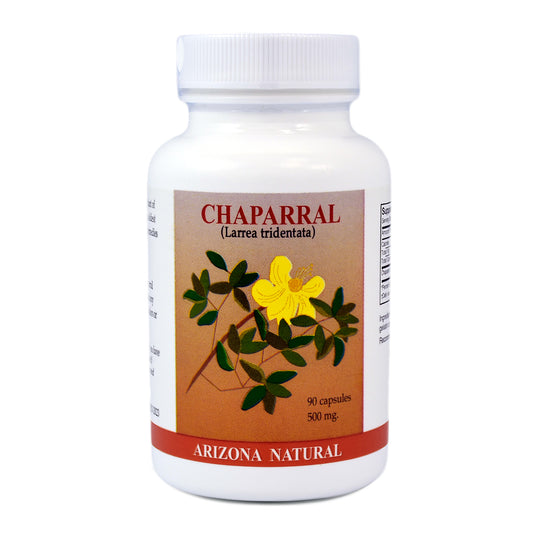
Comparing Both Types of Garlic (Allium sativum and Allium ursinum)
Share
There are several types of garlic grown around the world. Here we compare two of the most popular and therapeutically active alliums, Allium sativum, the typical cultivated garlic and Allium ursinum, a wild European garlic known as Wild Bear's Garlic.


Cultivated Garlic (Allium Sativum)
Though Allium sativum is known to originate on the great Asian plain, it is today cultivated in virtually every country and culture. It has integrated itself into our daily diet and become the stuff of which folklore and legends are made. The garlic bulb has enjoyed such a long and famous existence and become a common herbal medicine for one reason only; it works. Louis Pasteur discovered its antibacterial properties in the late 1800s and researchers have found that it is effective against more strains of bacteria than penicillin. It has also shown strong antifungal activity and is commonly used as a treatment for Candida albicans, the common cause of mouth thrush and vaginitis. Most of the fifty or more fungi that can cause human disease are in yeast form, and Allium sativum has shown activity against many of these. But cultivated garlic bulbs action is not limited to its antimicrobial activity alone. Garlic has been shown to effectively reduce or control blood cholesterol levels and to promote the correct ratio of HDLs (good cholesterol) to LDLs (bad cholesterol). Because of its unique action on fats, triglycerides can be reduced and blood platelet stickiness may be diminished so that blood flows more freely. This potentially improves circulation, reduces hypertension and reduces the chances of blood clots. One compound in garlic, ajoene, has been shown to have an antithrombotic activity similar to that of aspirin without the stomach upset. While its effects on bacteria, fungi and fats lead the way in garlic’s march through medical history, they are but a few of its overall attributes. Research has demonstrated garlic’s activity against protozoa, like those which cause dysentery, and against viruses, such as those causing herpes simplex 1 and influenza B. No wonder this panacea, which Hypocrites himself used for several cures, has withstood the test of five thousand years! The scientists are still discovering active compounds in garlic, but of those known today, the sulfur-containing compound allicin appears to be the most active. Allicin and other thiosulfinates are the odorous but medicinal constituents of garlic bulb and make up almost two dozen sulfides, ajoenes and vinyldithiins. Other active components of garlic include amino acids, S-alkyl-cysteine sulfoxide, y-glutamylcysteines and small amounts of adenosine and selenium. This variety of active compounds makes garlic effective on many metabolic pathways and makes it nature’s most effective preventative medicine. Garlic products that are allicin-rich are usually also rich in total sulfur, but not all garlic products offer even these essential compounds. Garlic oils and aged garlic extracts contain low allicin levels, while dehydrated and freeze-dried powders contain the highest levels, which generally mean higher medicinal activity.
Wild Bear's Garlic (Allium Ursinum)
Wild garlic, or Wild Bear's Garlic as it is sometimes known, is one of the oldest medicinal herbs known in Europe, and has a history of use dating back to the Ancient Greek and Roman civilizations. Folklore tells us that it was first discovered when bears were observed devouring huge amounts of the plant to restore their strength after a long hibernation. Once discovered, this green food found its way into herbal medicine for disorders of the stomach and intestines and as a blood purifier. Scientist began looking closely at its botanical properties late in the 1980s, and it regained notoriety as the “Plant of the Year” of the Association for the Protection and Research on European Medicinal Plants. As garlic goes, Allium urinum is unique in several ways. It is a different Allium species than the type commonly grown commercially for bulbs, and only the leaves are harvested. Like a tulip, the bulb remains in the ground to sprout again year after year. Wild garlic is also nearly odorless when compared to ordinary garlic, probably due to the large amounts of chlorophyll found in the leaves. The wild garlic leaf is a nutritional powerhouse containing nearly twice the magnesium and phosphorous and 15 times the manganese of its cultivated cousin, which also falls short on magnesium, iron and zinc. While the total sulfur content of the two species is similar, wild garlic is rich in ajoenes, y-glutamyl peptides and has a considerably higher content of adenosine. Y-glutamyl peptides are believed to be related to wild garlic’s ACE-inhibitory potential, an effect on a key enzyme involved in blood pressure regulation. Ajoene, present at twice the level found in ordinary garlic, promotes vasodilation by effecting calcium and potassium channels. Adenosine, which is a staggering 15 to 20 times higher in wild garlic, also influences blood pressure. It is believed to also protect against toxins, reduce blood lipid levels and inhibit platelet aggregation. Commercially, few products made from Allium ursinum are available because the crop is wild crafted and seasonal, sprouting once yearly in the spring. Wild Bear’s Garlic capsules are available as a nutritional supplement, but no source for the herb as a nutritious seasoning is known. Being such a good blood tonic, relatively odorless and easy on the gastrointestinal tract, one would think it a good replacement for Allium sativum supplements. And since wild garlic has a unique set of nutrients all its own, it makes the perfect complement to the garlic products on the market today. *These statements have not been evaluated by the Food & Drug administration. This product is not intended to diagnose, treat, cure, or prevent any disease.






